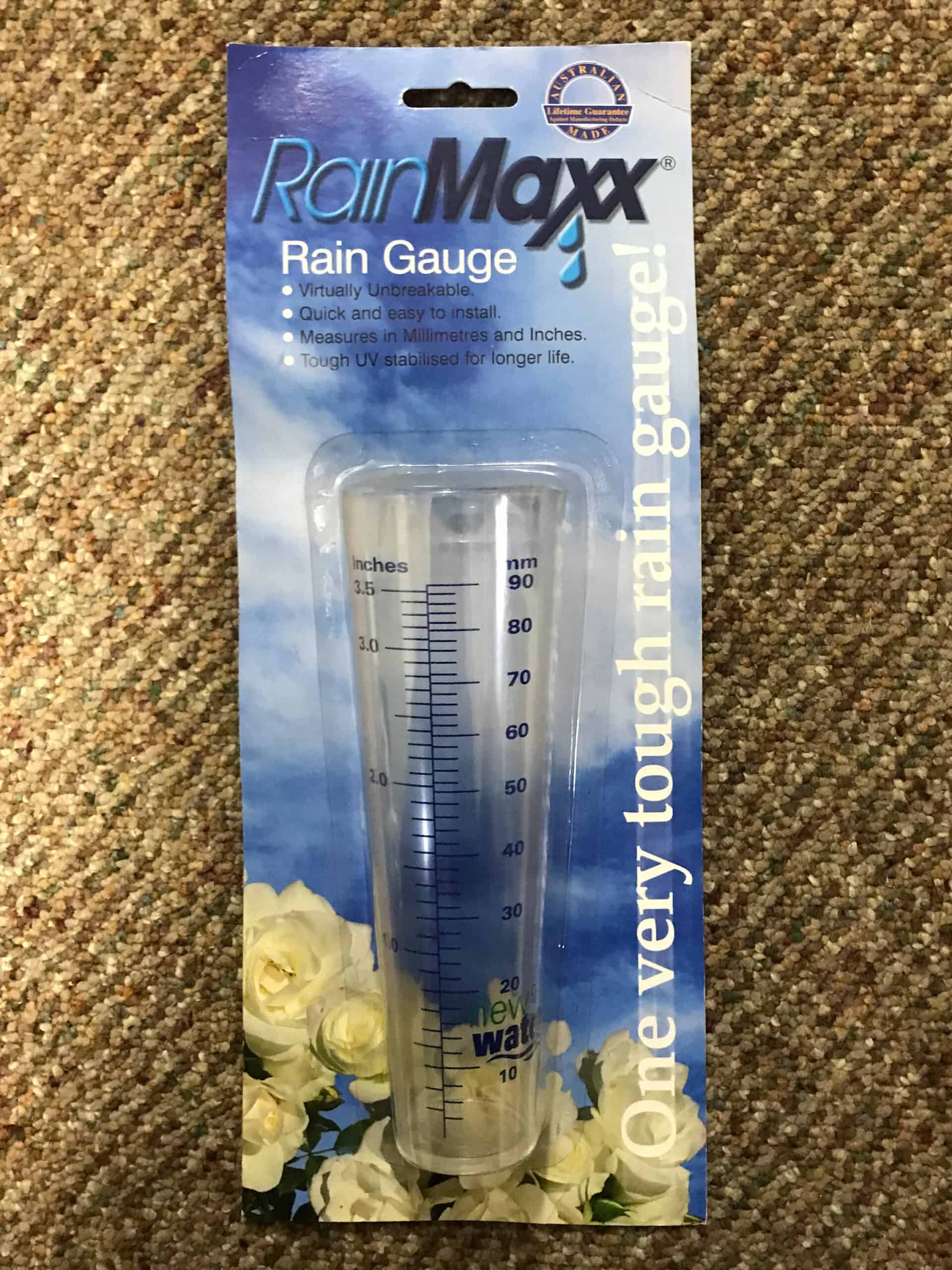The Advantages of Setting Up an Accuracy Rain Gauge for Your Weather Station
The Advantages of Setting Up an Accuracy Rain Gauge for Your Weather Station
Blog Article
Introducing the Scientific Research Behind Rain Gauges: Exactly How These Devices Play a Crucial Function in Environment Research and Environmental Surveillance
Rainfall evaluates, apparently simple gadgets, hold an extensive importance in the world of environment research and environmental surveillance. These simple tools quietly collect one of nature's most essential aspects-- rains. Yet, behind their plain facade lies a complicated scientific research that is essential for comprehending the characteristics of our setting. As we peel back the layers of this scientific veil surrounding rain evaluates, we uncover a world where precision, data accuracy, and precise observation converge to unveil a deeper understanding of our changing climate and its influence on the planet.
Importance of Rainfall Scales
Rainfall evaluates play an indispensable role in tracking and gauging precipitation degrees, giving crucial data for climate study and analysis. These devices are basic in measuring the amount of rains that happens in a specific location over a specific period. By accumulating and determining rainwater, rainfall evaluates offer valuable understandings right into the distribution and strength of precipitation, aiding meteorologists, hydrologists, and climatologists in recognizing weather condition patterns and trends.
In addition, long-term data gathered from rainfall assesses aids in evaluating climate modification effects and patterns, adding dramatically to clinical study and decision-making processes. In essence, rain evaluates serve as necessary devices in the area of meteorology and environmental scientific research, playing a crucial role in progressing our understanding of weather and climate characteristics.
Sorts Of Rainfall Scales

Capability and Procedure
In the realm of environment study and atmospheric studies, the effectiveness of rainfall determines hinge on their complex performance and exact operational mechanisms. Rainfall determines are created to precisely determine the amount of precipitation that falls over a specific location throughout a set period. These tools commonly include a funnel that collects rain and channels it into a gauging tube. The gauging tube is marked with calibrated dimensions that enable the exact quantification of rains.
The capability of rainfall gauges is based on the concept of gauging and gathering rainwater in a standardized fashion. This gathered data is vital for comprehending local climate patterns, tracking lasting climate fads, and examining environmental impacts. To make sure precise measurements, rain determines need to be strategically put in open areas far from blockages such as buildings or trees that can hinder the collection procedure.
The operational aspect of rainfall gauges includes routine upkeep to stop debris build-up, calibration checks to keep dimension precision, and information taping for evaluation (rain gauge). In general, the performance and procedure of rainfall determines are essential for gathering trustworthy rainfall information important to climate research study and ecological surveillance
Role in Environment Study
Offered the crucial significance of precise precipitation measurements in understanding weather condition patterns and environmental effects, the role of rain evaluates in climate research is essential. Rain gauges offer vital data for climate research study by measuring the amount of link precipitation that tips over a specific area during a given period. This data is crucial for keeping an eye on lasting trends in precipitation patterns, evaluating the impact of environment modification on rainfall distribution, and boosting climate models.

Environment researchers make use of data collected from rainfall evaluates to assess variations in rainfall levels, determine regional environment trends, and review the efficiency of water source monitoring methods. By contrasting historical rainfall data with existing measurements, researchers can spot changes in rainfall patterns, such as changes in the regularity or intensity of rains events. This details is important for recognizing exactly how environment change is influencing rainfall dynamics and can help policymakers make informed decisions pertaining to adjustment and mitigation approaches.
Applications in Ecological Tracking

In flood projecting, rainfall scale information helps to track rainfall strength and circulation, enabling authorities to provide timely warnings and take necessary measures to mitigate flood dangers (rain gauge). Dry spell monitoring relies upon rain gauge data to assess moisture levels in the soil and track rainfall deficits, helping in the recognition of drought-prone locations and the application of dry spell feedback approaches
Additionally, rainfall scale data plays an essential role in water resource monitoring by offering details on water availability and usage fads. In addition, in agriculture, rain scale data helps farmers in maximizing irrigation timetables, plant selection, and total ranch management techniques site based on regional precipitation patterns.
Final Thought
To conclude, rainfall gauges are vital tools for gauging precipitation, supplying beneficial data for environment research study and ecological monitoring. With different kinds and functionalities, rainfall evaluates play an essential role in understanding rainfall patterns and their effect on the setting. By precisely gauging rains, these gadgets add to the improvement of scientific knowledge and help in making educated choices associated to water source administration and disaster readiness.
Rainfall determines play a vital function in tracking and measuring precipitation levels, providing necessary information for environment study and evaluation. The basic rain gauge, known as the "tipping bucket" gauge, is one of the most commonly used devices. Ultrasonic rain determines usage sound waves to spot the existence of rain, supplying real-time information on rainfall degrees.Climate scientists make use of information collected from rainfall determines to examine variations in rainfall levels, recognize local climate fads, and examine the effectiveness of water source management approaches.In final thought, rain gauges are crucial click here to find out more devices for measuring rainfall, offering important information for climate research and ecological monitoring.
Report this page